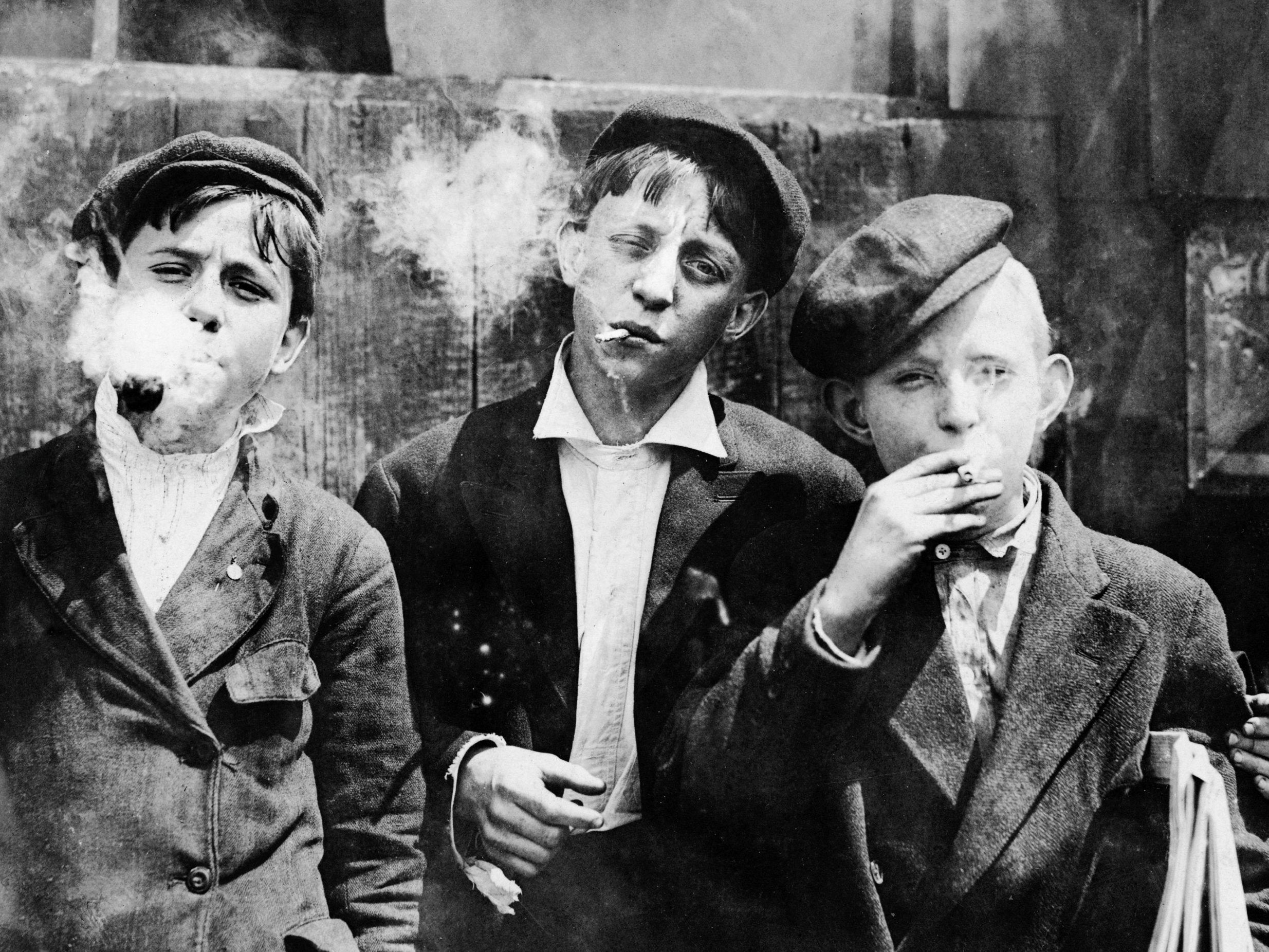The Independent's journalism is supported by our readers. When you purchase through links on our site, we may earn commission.
Trailblazing images of early 20th-century working conditions that helped transform US labour laws
Lewis W Hine was one of the earliest photographers to use the camera as a documentary tool

Photographer, teacher and sociologist Lewis W Hine shaped our consciousness of American working life in the early 20th century like no other.
Combining his training as an educator with his humanist concerns, he was one of the earliest photographers to use the camera as a documentary tool, capturing in particular labour conditions, housing, and immigrants arriving on Ellis Island.
Hine (1874–1940) was trained to be an educator in Chicago and New York before setting up his photography studio in 1912. He worked as photographer for the National Child Labour Committee, the Red Cross, and the National Research Project of the Works Progress Administration.
His images, including those of children in cotton mills, factories, coal mines, and fields, became icons of photographic history that helped to transform labour laws in the United States.
America at Work spans Hine’s earliest forays into social-documentary work through to his more artistic and interpretative late photographs, including his phenomenal images of the construction of the Empire State Building and his symbiotic staging of human and machine as a comment on increasing industrialisation.
You can purchase ‘Lewis W Hine: America at Work’, published by Taschen, here
Join our commenting forum
Join thought-provoking conversations, follow other Independent readers and see their replies
Comments